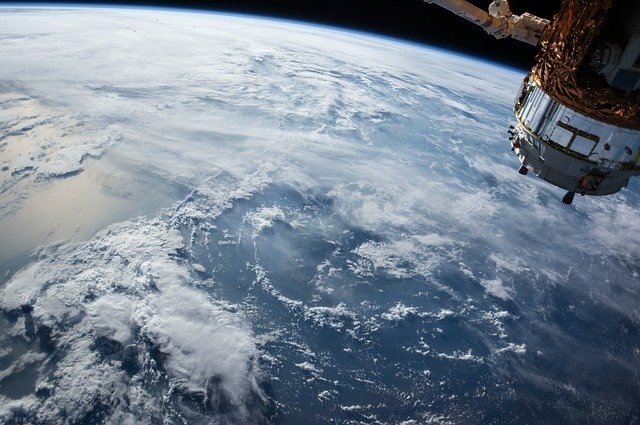
A 19.6-ton (17,800 kilograms) rocket from China fell into Earth on May 11.
According to Jonathan McDowell, a Harvard astrophysicist and orbital object tracker, the sizable Long March 5B is now the weighty orbiting object to smash uncontrollably to Earth in almost 3 decades.
The rocket, launched by China roughly a week ago, is the largest part of space junk to hit our planet from the galaxy since 1991 when the 39-tonne Salyut-7 spacecraft hovered over Argentina and landed in its nearby ocean, wrote astronomer Jonathan McDowell on Twitter.
McDowell is the astronomer at the Harvard-Smithsonian Center for Astrophysics who traced the rocket as it drifted across the sky.
The Chinese rocket passed directly over Los Angeles and New York City at Central Park, prior to landing in the Atlantic Ocean.
China instigated the Long March-5B rocket with no person manning the prototype spacecraft into orbit on May 5. The rocket was set in motion from Wenchang Space Launch Center within Hainan province located in South China.
The sizable carrier rocket undertaking its first successful flight is a vital step in the country's groundwork to build a space station.
According to Wang Jue, chief director of the rocket development team at the China Academy of Launch Vehicle Technology (CALT), the rocket was designed to transport modules of the space station into orbit.
The Chinese rocket's launch was triumphant and it was able to properly transport its payload. However, days after its launch, the empty core stage of the rocket fell back to our planet in an unrestrained descent.
The US Space Force's 18th Space Control Squadron remarked that the piece smashed down to Earth at approximately 16:33 BST on Tuesday, crossing to Africa's west coast.
The squadron wrote in their tweet, "#18SPCS has confirmed the reentry of the CZ-5B R/B (#45601, 2020-027C) at 08:33 PDT on 11 May, over the Atlantic Ocean. The #CZ5B launched China's test crew capsule on 5 May 2020. #spaceflightsafety."
The space junk meagerly missed dropping down on New York City Monday night and widely burning up in the Earth's atmosphere before some of the debris slammed into West Africa.
According to McDowell, it is not likely that anywhere close to that large object is what fell back to Earth, but remnants weighing up to a sizable hundred pounds may have survived returning to the atmosphere.
The Chinese Long March 5B (CZ-5B) rocket's core stage was initially launched on May 5.
The descent was immediately attested by the 18th Space Control Squadron.
Back in July 2019, the Chinese space station Tiangong-2 descended in a controlled manner throughout the Earth's atmosphere. But that 9.5-ton (8,600 kg) blast was reportedly less than half the size of this current descent, and it had been handled remotely using up its fuel to a property in a distinctive, distant piece of the sea.
That space station's precursor called the 9.3-ton (8,500 kg) Tiangong-1 fell uncontrollably but with no reported damage to the Pacific Ocean.
© 2025 HNGN, All rights reserved. Do not reproduce without permission.








